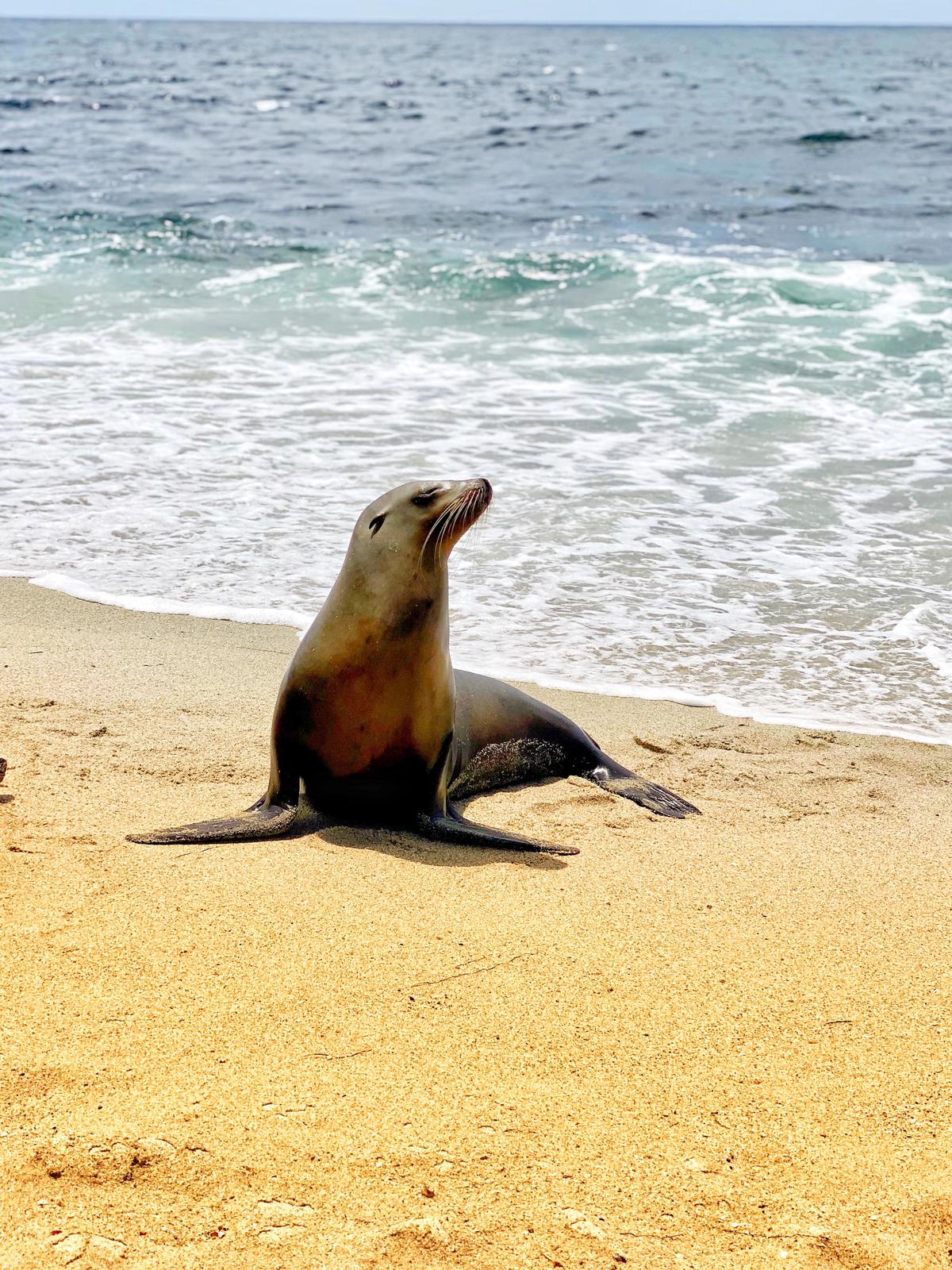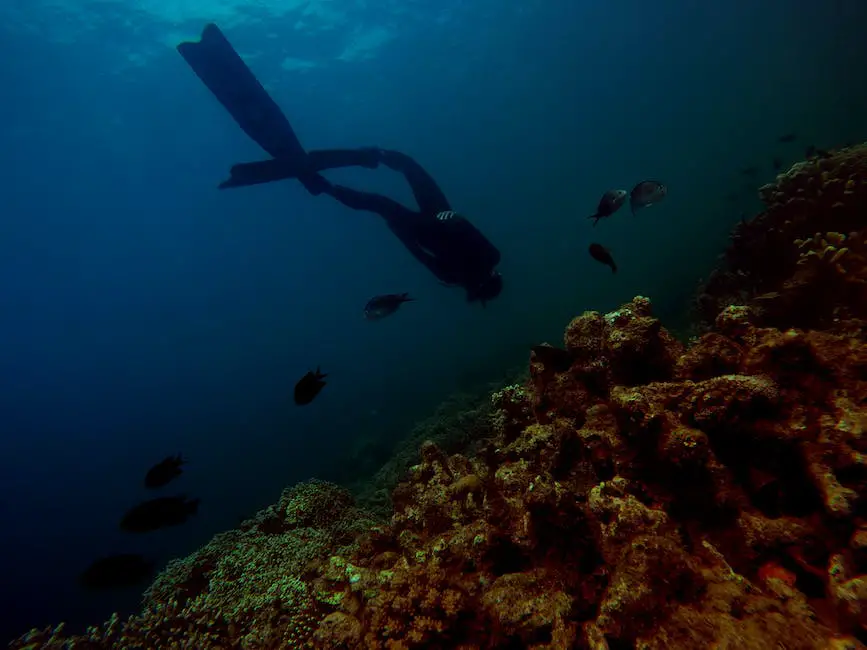Greetings, ocean enthusiasts! No doubt, an invigorating dive into the deep blue sea is always a thrill, but it requires keen knowledge about the waters and effective preparations. When diving in particular regions, such as La Jolla Shores in San Diego County, USA, detailed understanding of local water temperatures, appropriate wetsuit selection, and tailored diving strategies are critical for a safe and satisfactory experience. If you’re a diving newbie or even a seasoned diver looking to explore La Jolla Shores, this guide is your treasure chest of knowledge, comprehensive data, and expert advice.
Understanding La Jolla Shores Water Temperatures
La Jolla Shores Water Temperatures: An Overview
La Jolla Shores, located in San Diego County, USA, is a popular waterfront destination known for its recreational opportunities. It is more than just a picturesque setting, it is also a place where fluctuations in sea water temperature play an essential role in wildlife patterns, and for surfers, divers and swimmers, decisions on what kind of wetsuit to wear for a comfortable and safe experience.
Understanding Seasonal Variations
There are considerable seasonal variations in La Jolla Shores’ water temperatures. During the summer months, from July to September, the water temperatures typically hover between 64–72°F (18–22°C). This is due to the warmer Pacific currents that flow towards the coastline during this period. However, during the winter months, from December to February, the water temperature can drop as low as 56-59°F (13-15°C) influenced by the colder ocean currents from the north.
The Role of Ocean Currents and Weather Patterns
Ocean currents and local weather significantly influence La Jolla Shores’ water temperatures. The California Current, a part of the North Pacific Gyre, flows south along the west coast of North America and brings cold water from the northern Pacific. This has a direct effect on the cooler water temperatures experienced during the winter months. Likewise, warmer weather patterns during the summer months contribute to higher water temperatures, as surface water absorbs heat from the sun.
Using Online Resources for Real-time Water Temperature Check
Many available online resources can assist enthusiasts and hobbyists in assessing real-time water temperatures at La Jolla Shores. Websites such as Surf-Forecast provide regularly updated accurate water temperature readings, while others like Windfinder offer additional weather data, such as air temperature, wind speed, and direction. These resources not only help to monitor current water temperatures but also to predict future changes.
Effect on Aquatic Life
Changes in water temperature can significantly affect the abundance and diversity of marine life off the shores of La Jolla. Warmer seasons often bring an influx of leopard sharks, famously attracting tourists and divers. However, in colder months, a variety of seals and sea lions become more frequent visitors due to the increase of fish species that prefer colder waters.
A Guide to Navigating La Jolla Shores Wetsuit Choices
Water temperatures do more than direct the activity of marine life – they also play a vital role in determining the appropriate selection of wetsuit thickness for various water-based activities. It’s essential to understand the fluctuations throughout the year to outfit oneself correctly. In the warmer summer months, when water temperatures are at their peak, a lighter 2 mm spring or full suit typically suffices. However, as the water temperatures cooling down during transition seasons like Spring and Fall, a thicker 3-4 mm full suit is recommended. In the coldest winter months, an even thicker 4-5 mm full suit complimented with booties and gloves is recommended for protection and comfort during the water-based activities.

Selecting the Right Wetsuit for La Jolla Shores
La Jolla Shores Water Temperature Influence on Wetsuit Selection
The importance of understanding the fluctuating water temperatures unique to areas like La Jolla Shores in San Diego County, USA, cannot be overstated when it comes to choosing the right wetsuit. The temperatures can dramatically shift from around 57 degrees Fahrenheit in the chilly January months to around 68 degrees Fahrenheit during the peak of summer in August. Given these conditions, it becomes vital to equip yourself with a wetsuit that provides adequate thermal protection while providing maximum comfort for these varying water temperatures.
Types of Wetsuits and Their Specific Features
There are several types of wetsuits that you can wear in waters with similar temperatures to La Jolla Shores. These include the spring suits, full suits, and dive suits. The type of wetsuit you choose directly affects your comfort and flexibility in the water.
Spring Suits
Spring suits are usually recommended for warmer water temperatures, typically above 65 degrees Fahrenheit. They are thinner in design, usually between 2mm and 3mm, and often feature short legs and short or long sleeves. If you are surfing in La Jolla Shores during the summer months, a spring suit could be an optimal choice.
Full Suits
Full suits are designed for cooler water temperatures typically below 65 degrees Fahrenheit. They come in various thicknesses, such as 3/2mm (three millimeters at the torso and two millimeters at the arms and legs) or 4/3mm. These suits are beneficial for insulating the body against the cold, offering full coverage from the neck down to the wrists and ankles.
Dive Suits
Dive suits, also known as semi-dry suits, are designed to keep you warm in much colder water temperatures, generally below 58 degrees Fahrenheit. These suits usually have a thickness of 5mm to 7mm and are perfect for winter diving in La Jolla Shores.
Wetsuit Maintenance and Care
Whether you’re a seasoned diver or a beginner, taking care of your wetsuit is crucial to prolong its life and maintain its functionality. One must rinse their wetsuit with fresh water after every use and allow it to dry naturally. Never expose the wetsuit to hot water as it may damage the neoprene, and avoid leaving it in direct sunlight for long periods to prevent UV ray damage.
Be vigilant and inspect your wetsuit for any wear and tear, fixing rips promptly to prevent further damage. Remember, a well-maintained wetsuit not only lasts longer but also provides better protection. Avoid storing it in hot, damp areas to protect it from developing mold or mildew.

Practical Tips for Diving in La Jolla Shores
Mastering the La Jolla Shores Water Temperature
San Diego’s La Jolla Shores is admired by divers around the world for its clear visibility and diverse marine life. It’s important to understand that the water temperature in this location can fluctuate between mid-50s and high 60s (Fahrenheit), depending on the season. During the warmer months from July to October, the temperature can reach up to the low 70s, creating ideal conditions for recreational diving.
On the other hand, winter and spring months, from November to June, witness cooler water temperatures, dipping to the mid and high 50s. But don’t let this deter you; these colder months attract a different crowd of marine life, presenting unique diving experiences.
The Importance of Wetsuits in Diving
As the water temperature at La Jolla Shores varies, it is essential to have the right gear for safety and comfort. A wetsuit serves as a thermal insulator, trapping a thin layer of water between the suit and skin that the wearer’s body heat warms up.
For warmer temperatures ranging in the high 60s and above, a 3mm wetsuit should suffice. However, in colder seasons or for longer, deeper dives in cooler conditions, a 5mm or 7mm wetsuit would be more appropriate. Thicker gloves, a hood, and booties might be necessary additions to your gear for colder dives.
Diving Safely in La Jolla Shores
Respecting the ocean’s power and understanding the tide, currents, and surf at La Jolla Shores is crucial to enjoy a successful dive.
Before diving, study the tide chart and weather conditions as it influences visibility and the species of marine life you might encounter. Generally, the visibility is best during high tide.
As the area is famous for its strong surge and potentially hazardous currents, divers must remain cautious and dive within their comfort and experience level. It is highly recommended to dive with a buddy, especially if you are new to La Jolla Shores.
Visiting the Marine Life
Opportunities to observe marine life in La Jolla Shores is plentiful. Divers might observe leopards sharks, especially from June to September when the warmer waters attract them closer to the shore. Other marine life in the area includes Garibaldi, angel sharks, different species of rays, and even playful sea lions.
Considering Diver Skill Level
La Jolla Cove is suitable for divers of different skill levels. The cove, protected from large waves and surf, is excellent for beginners. More experienced divers may prefer the underwater park extending out from the cove. The park offers different attractions if you’re adventurous and have the skills to deal with potentially strong currents and surge.
Conclusion
The La Jolla Shores in San Diego provide a unique opportunity for divers to explore marine life in different water temperatures and conditions. However, the prerequisite is understanding and preparing for those variables, using the right gear, respecting the ocean’s conditions, diving safely within your level of experience, and appreciating the marine life you encounter.

This guide, rich with nuggets of knowledge and expert advice, serves as your North Star as you explore the fascinating underwater realm of La Jolla Shores. Use this material to gain confidence in your understanding of water temperatures, your ability to select an effective wetsuit, and your competency in navigating the underwater world with ease. As you cut through the ocean waves, remember, the magic of diving lies not just in the adventure itself, but in the radiant marine life that captivates our curious minds. Happy Diving, and may you uncover many treasures underwater at La Jolla Shores, San Diego County, USA!

